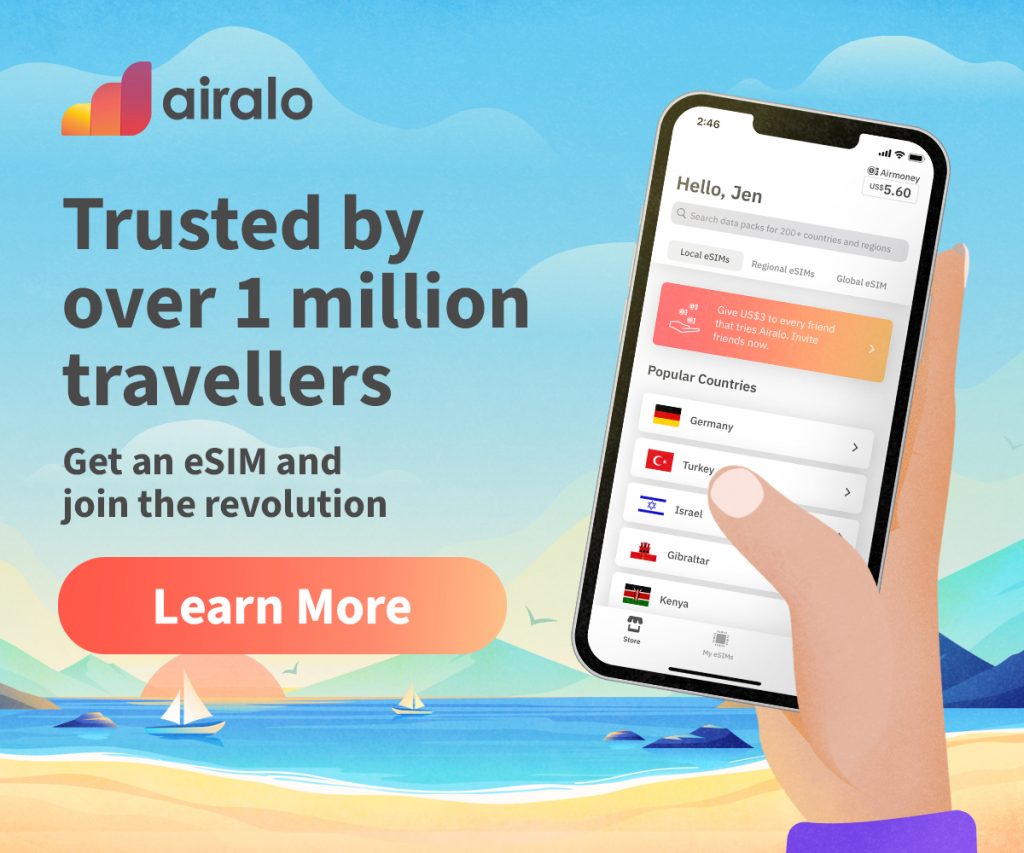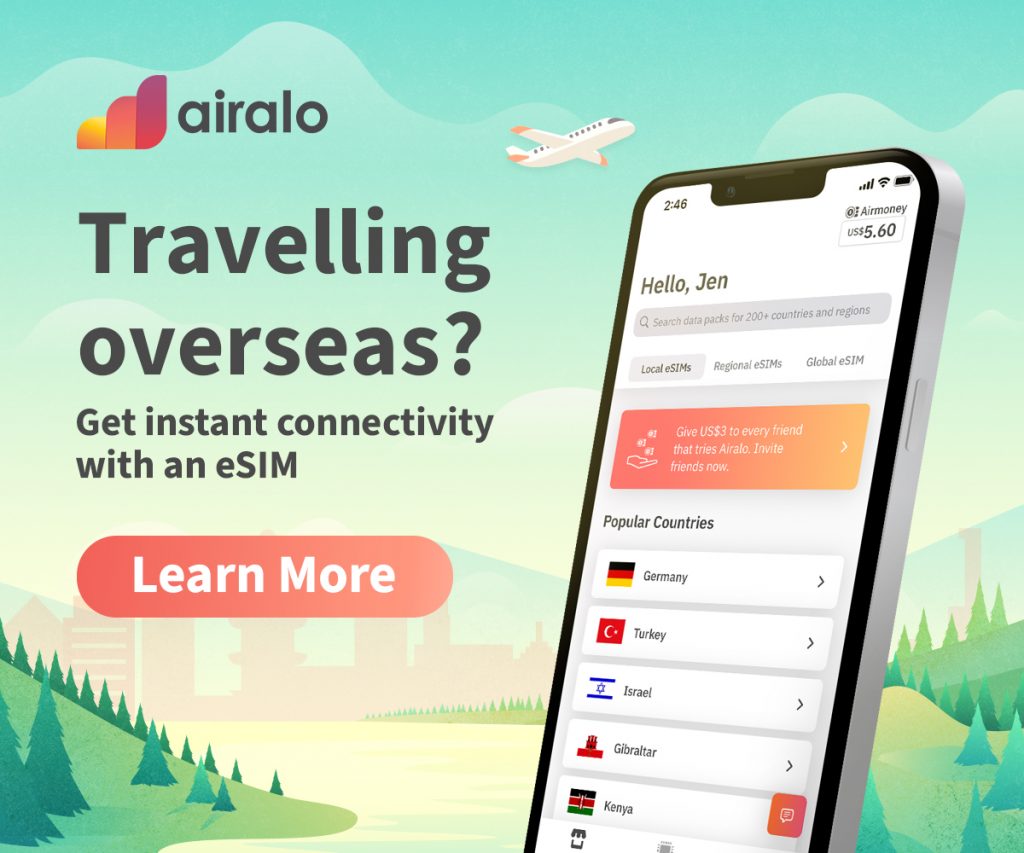
For decades, international travelers faced the same ritual upon landing: search for a local SIM card vendor, decipher foreign mobile plans, wrestle with tiny SIM trays, and cross fingers that the new number actually worked. It was a hassle baked into the travel experience — tolerated because there was no real alternative. But times have changed. A quiet revolution is reshaping the way we connect across borders, eliminating the need for plastic chips, paper instructions, or long queues at airport kiosks.
Welcome to the age of the eSIM — where global connectivity is no longer a chore, but a few taps away.
What Is an eSIM — and Why Now?
An eSIM (embedded SIM) is a digital version of the traditional SIM card, built directly into your device’s hardware. Unlike physical SIMs that require manual insertion, an eSIM allows you to download and activate mobile plans remotely — often in just a few minutes, and even before your flight leaves the ground.
What makes this shift so significant isn’t just the innovation itself, but how effortlessly it aligns with the pace and expectations of modern travel. Today’s travelers value speed, flexibility, and control — and eSIMs deliver all three. With just a few taps, users can browse, purchase, and install a plan that fits their destination, travel dates, and data needs. There are no contracts to sign, no physical cards to store or lose, and no unpleasant surprises at check-in or customs. It’s connectivity that keeps up with you — no matter how far you go.
The Physical SIM Problem
Anyone who has ever traveled internationally knows the pain:
- SIM card slots that won’t open
- Language barriers at local shops
- Expensive roaming charges when you forget to switch
- Losing your home SIM somewhere in the shuffle
Even multi-country SIMs often fall short — offering patchy service or locking you into expensive bundles.
In contrast, eSIMs are flexible and, crucially, accessible. No hardware required. No waste. Just smooth digital integration.

Simplicity That Matches Modern Travel
Today’s travelers — especially digital nomads, remote workers, and frequent flyers — value speed, adaptability, and autonomy. eSIMs speak directly to this need. They allow:
- Instant access to local networks without leaving the airport lounge
- Multiple profiles stored on one device, ideal for country-hopping
- Peace of mind, knowing you won’t get hit with surprise roaming fees
And for solo travelers and families alike, having reliable data on arrival is more than convenience — it’s safety.
Who’s Leading the Shift?
While major phone manufacturers have started embracing eSIM compatibility, the real momentum comes from services offering localized or global data plans. Platforms like Airalo have made adoption even easier by offering data packages for over 200 destinations, right from their app. For many, it’s the first time international connectivity has felt effortless.
With travel returning to pre-pandemic levels and remote work freeing people to roam, the demand for agile connectivity has never been higher. eSIMs aren’t just replacing SIM cards — they’re reimagining what mobile access can look like in a borderless world.

The Future Is Embedded
Already, newer devices are launching eSIM-only, signaling that this isn’t just a passing trend, but the beginning of a lasting shift in how mobile technology supports global travel. Much like how physical boarding passes gave way to digital wallets and printed maps were replaced by real-time navigation apps, traditional SIM cards are steadily being left behind.
What’s emerging is a smarter, cleaner, and faster way to travel connected — one where technology integrates so seamlessly into the journey that it becomes invisible. No more interruptions, no manual setups, no extra tools to carry. Just intuitive connectivity that works in the background, allowing travelers to focus on the moments that matter, not the logistics that get in the way.

Final Thoughts
Travelers are embracing a new era of digital freedom — and ditching the physical SIM is no longer just a tech upgrade, but a smart, inevitable shift in how we stay connected. In an age where flexibility and speed define the travel experience, the old habit of swapping plastic cards at every border feels increasingly outdated.
As platforms like Airalo make global data access simpler, faster, and more transparent, more travelers are rethinking what mobile connectivity should be. No more language barriers, no surprise fees, no fumbling with SIM trays — just reliable access, activated with a few taps.
The physical SIM card, once essential, is quietly becoming obsolete. And much like printed boarding passes or traveler’s checks, it’s making way for something better: a future where staying connected is as easy as boarding your flight.
Last modified: September 1, 2025









